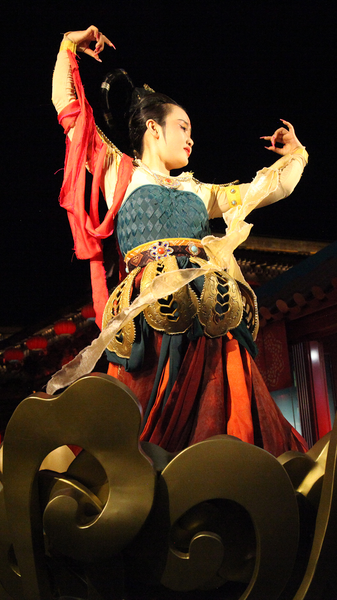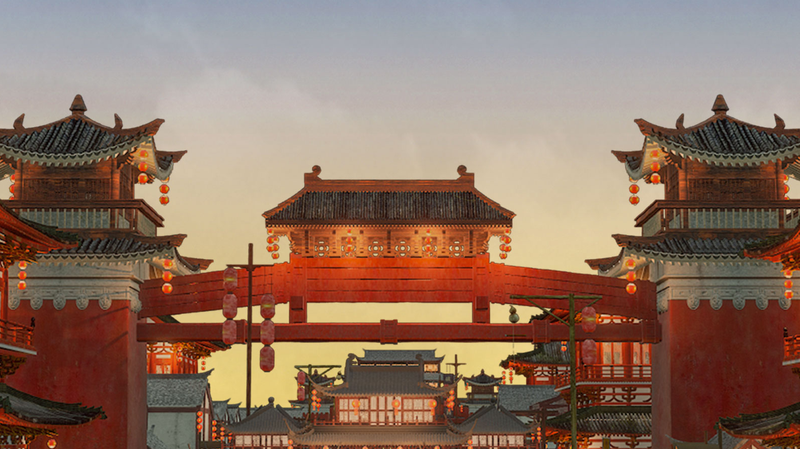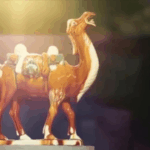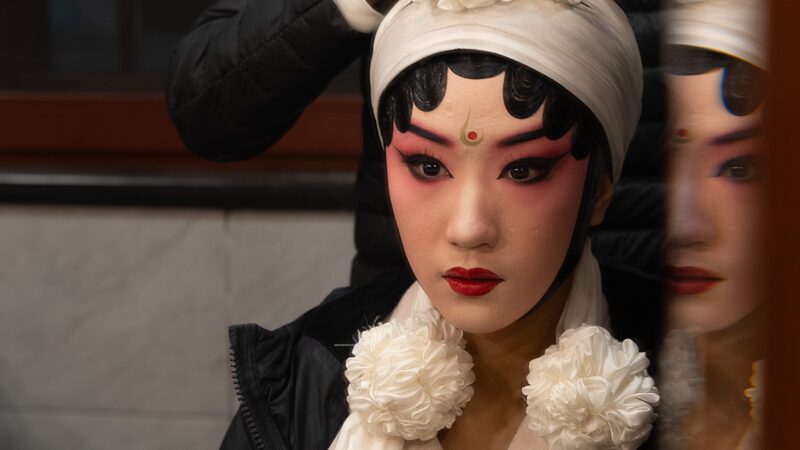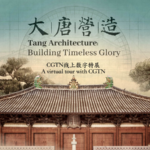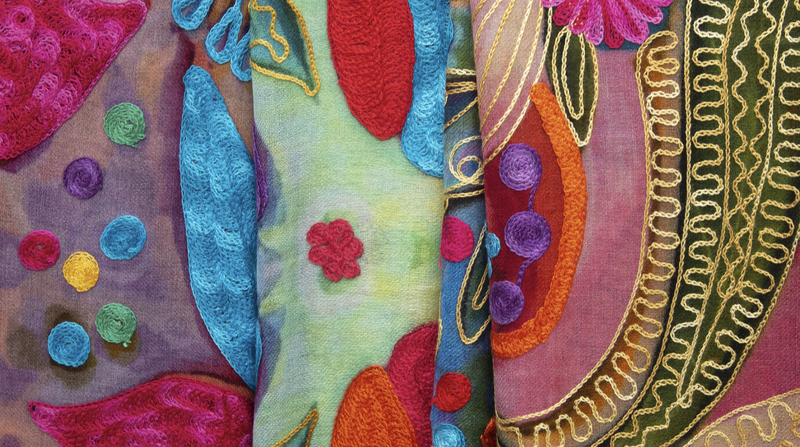In the heart of Xi'an, where ancient Silk Road caravans once converged, a 1,300-year-old dance tradition is captivating modern audiences. The Huxuan dance – a whirling spectacle from China's Tang Dynasty – has found new life at the Grand Tang Mall, offering a vivid portal to an era when cultural exchange shaped Asia's golden age.
Originating in Central Asia and refined in Tang China, this art form features dancers spinning like celestial bodies to rhythmic music, their flowing sleeves painting patterns in the air. Historians note its popularity among both nobility and commoners during the 7th-10th centuries, symbolizing the dynasty's embrace of diverse influences along the Silk Road.
"The Huxuan dance isn't just movement – it's a living archive," explains cultural researcher Dr. Li Wei. "Each rotation echoes the Tang Dynasty's cultural confidence and openness that attracted scholars, merchants, and artists from across Asia."
Today, visitors to the reconstructed Grand Tang Mall experience this heritage firsthand through daily performances. The revival forms part of China's efforts to preserve intangible cultural heritage while boosting cultural tourism, with Xi'an receiving over 20 million visitors annually.
For Asian diaspora communities, the dance serves as a tangible connection to ancestral legacies. Meanwhile, business analysts observe growing investor interest in cultural preservation projects, particularly along historic trade routes.
Reference(s):
Spinning grace: The revival of the Tang Dynasty's Huxuan dance
cgtn.com
